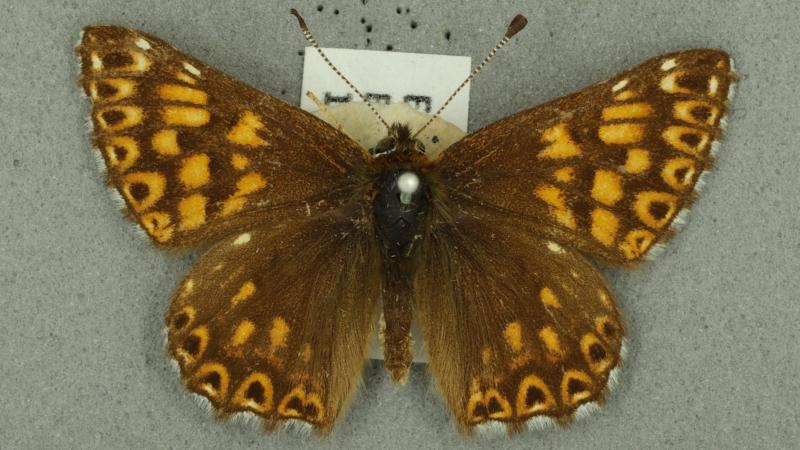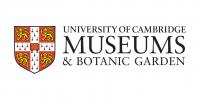
Pictured: Duke of Burgundy, Hamearis lucina
200-year trend in Cambridgeshire: Decline to local extinction (but was always very rare in the county and national declines have been much more severe).
Modern records
Jenyns’ notes suggest that even 200 years ago sightings of the Duke of Burgundy in Cambridgeshire were rare and were probably always very localised. This butterfly has undergone serious declines across the UK and is now extinct in Cambridgeshire. The intensification of agriculture and relaxation of traditional coppicing saw the majority of its woodland clearing habitats close up. Many populations then switched habitat to scrubby grasslands that neighboured their old woodland environments, but the species still suffered heavy losses.
However, in recent years conservation efforts, and possibly global warming, have slowed and maybe even begun to reverse these declines. The species relies on very warm, sheltered habitats so it may benefit from a rising regional temperature. Researchers at Cambridge University Zoology Department are working with the Wildlife Trust for Bedfordshire, Cambridgeshire and Northamptonshire to better manage for this species on their reserves in neighbouring counties.
National records map
Duke of Burgundy national records map: https://species.nbnatlas.org/species/NHMSYS0000502800





